Technically speaking, Mandalay no longer exists. The old city, built after King Mindon removed his palace bodily from over the river in Amarapura, was destroyed in one night by British bombers in May 1945. Only the encircling red wall and it’s moat full of water-hyacinths have survived to remind us of the beauty and majesty of the old city core.
Many writers and not a few travelers have been unflattering, even disparaging, in their judgment of Mandalay. “Apart from a gaudy fantasy of a palace, a few monasteries and the Arakan Pagoda, it never contained anything worth seeing,” Norman Lewis observed in 1950. Admittedly, first glimpses of Mandalay’s dusty grid of hot, disheveled streets and ruined pavements can be a disappointment for those familiar with Rudyard Kipling’s romantic evocation of the city in The Road to Mandalay: “For the wind is in the palm trees, an’ the temple bells they say: Come you back to Mandalay, where the old flotilla lay.” Kipling, of course, never actually got as far as Mandalay but he did manage to capture the mood of the city quite well, and Mandalay, if nothing else, is a city of many moods.
Mandalay is a city that clings to its past, reluctantly conceding that it is no longer Myanmar’s number one city. A wind of change, however, has been blowing through this city of just over half a million people. A blossoming cross-border trade with China and the government’s free-wheeling economic policies have spawned a number of new, modestly-sized hotels, restaurants, night clubs and even karaoke bars. New Japanese cars have appeared almost overnight, replacing the vintage British cars and World War II jeeps visible until only a few years ago on Mandalay’s busy streets. Markets and shops are now full of Western, Chinese and Thai merchandise, expensive audio systems and televisions.
Mandalay, with its fondness for the past, is one of Southeast Asia’s more improbable boomtowns. The Chinese, with the complicity of the ruling junta, seem to be at the bottom of this new, selective prosperity. People in Mandalay talk of three kinds of money: the green line, the red line and the white line, meaning jade, rubies and heroin. The white line, though the least visible, appears to account for the lion’s share of the city’s recent affluence. Wa tribal insurgents, granted special business privileges by the country’s military regime, and other kingpin heroin traders are said to be buying heavily into Mandalay real estate.
There is a lot more to Mandalay than the familiar roster of corruption and extortion, however. Under the recent veneer of prosperity lies an older, more enduring city, the Mandalay of dazzling pagodas, tranquil monasteries and friendly phongyi(Buddhist monks), home to traditional Burmese music and dance and a treasure house of arts and crafts; a city where the most elegant Burmese is said to be spoken and the most refined manners to be found. The natives of Mandalay still regard their city as the moral, if not administrative, capital of the country.
Mandalay itself covers an area of around 25 square miles, one-third of which was razed during the Allied offensive against the Japanese in World War II, and is still in the process of being rebuilt. The city is based on an easy to follow grid system in which numbered and alphabetically designated streets run north-south and east-west. Don’t even think about walking extensively around Mandalay – you’ll only exhaust yourself. Instead, befriend one of Mandalay’s English-speaking trishaw drivers and hire his services for the duration of your stay. The northern section of the city, dominated by the vast moat-surrounded ruins of Mindons palace, is as good a place to start a tour of Mandalay as anywhere.
By all accounts the palace was an intriguing collection of royal chambers, monasteries and throne rooms made from gilded teak, lacquer or, when the fancy took the designers, coverings of glass mosaic. After the British deposed Mindon’s successor, King Thebaw, in 1885, the area within the walls became known as Fort Dufferin. As a final affront to Burmese sensibilities, the queen’s apartments and audience hall were occupied by the Upper Burma Club, membership of which was strictly denied to Burmese. A portrait of Queen Victoria was hung on the wall. Lord Curzon, the British Viceroy, succeeded in finding other premises for the club and in carrying out extensive restoration work on the complex in 1907, but its days as a monument to the “civil and ceremonial architecture of the Burman kings,” was short lived. All that remains within the enclosure of the original palace are its foundations, a segment of King Thebaw’s palace, a watchtower and Mindon’s mausoleum. A scale model of the original palace gives some idea of its proportions and former splendor. In recent years, the government has restored, at enormous cost, parts of the original complex, with somewhat mixed results.
A short walk from the north moat takes you to the foot of the hill where two giant chinthes (crested lions) stand guard over one of the hill’s southern approaches. Despite fierce fighting here, bombs did not destroy Mandalay Hill, and the spirit of King Mindon’s city lingers on. Although the walkway is covered in a tin roof, with 1,729 steps ahead of you, Mandalay Hill is definitely for the fit. Though taxis and mini-buses run up to the top, the climb is worth the effort as you are rewarded with magnificent panoramas of the city and surrounding countryside. Drink vendors supply the needs of thirsty climbers. There are also stalls on the way up selling cheroots and betel nut. This is a popular place for fortunetellers and astrologers. Incomparable views greet you from the top: the crenellated walls of the Royal Palace, the river and golf course to the west, along with the People’s Brewery & Distillery, Myanmar’s national beer monopoly. To the northeast, the distant Shan Hills can be seen beyond a broad rice plain. The huge gold Shweyattaw Buddha stands guard over the hill at the spot where the Buddha and his disciple Ananda are believed to have stood.
An idea of what King Mindon’s Mandalay must have been like can be glimpsed at the Shwe Nandaw Kyaunge (Golden Palace Monastery) between 66th and 62nd streets. This teak monastery is a near perfect example of mid-19th century Burmese carving and decoration. There are traces of gilding, lacquer and vermilion still visible on the main pillars and, for those with good eyes, faint lines of decorative filigree. Directly north of the Atumashi Kyaung, near Mandalay Hill’s southwest stairway, is Kuthodaw Pagoda, a must on anyone’s Mandalay itinerary. Modeled after the Shwezigon Pagoda at Pagan and built by King Mindon in 1857, the Kuthodaw holds pride of place for Buddhists as the temple houses 729 marble slabs upon which the entire Triptaka scriptures have been inscribed. Each stelae is sheltered in its own miniature white pagoda. Often referred to as “the world’s largest book,” first sight of this forest of pagodas is striking. “Hundreds and hundreds of them,” enthused one women travel writer in the 1950s, “avenues and avenues of them, marching in long straight rows – a whole army of pagodas!”
One of the most vibrant and well-known sights of Mandalay is neither a pagoda nor a ruin. The immensely enjoyable Zegyo Market illustrates the point that Mandalay is not only the cultural hub of Upper Burma, but its economic center also. This giant market, reminiscent of Istanbul’s Covered Bazaar, has a distinctly Oriental flavor. Zegyo is a showcase for almost everything produced in Myanmar and a good place to sample local life and color, but there is another side to Zegyo’s cornucopic offerings. The array of Western consumer goods and the profusion of Thai, Indian and Chinese wares is at first perplexing until you consider the vital role played by the black market in the life and economy of the country. Goods smuggled across the borders and through the jungles lend a faintly exotic and adventurous air to otherwise commonplace items found in Zegyo’s newer and rather functional, three-story premises. Buddhist icons and votives, faded books and antiques, all haggled over in a good-natured way from customers pretending to be scandalized by the asking prices, adds warmth and humor to the proceedings.
If the city’s markets and monuments offer lively and traditional scenes, Mandalay’s waterfront is especially strong on atmosphere. An intriguing riverine scene greets the visitor at the two jetties for Pagan and Mingun, located respectively at the end of A Road and B Road. Here is the Asia of Conrad and Maughan, strangely unaltered for decades but for the odd run-down old truck. Riverboats land here and there in a constant coming and going between these two moorings, which are also popular places for people to bring their laundry.
Slightly to the north, at the end of C Road – street naming in Mandalay is not very creative – is the fascinating Buffalo Point. As the name suggests, pairs of yoked buffalos haul massive teak logs out of the Irrawaddy River onto mud banks where they are dragged onto trucks and taken off to the sawmills. On the nearby dyke, a small but lively market completes the aquatint of old Mandalay.
TRAVEL INFORMATION
There are daily flights to Mandalay from Rangoon, as well as buses. There are four bus terminals in Rangoon. The train takes anywhere between 14 and 20 hours to arrive. A clean budget hotel on 14th Street, the Emerald Land Inn has a decent pool. Good value at $38. Tel: 95-2-39471/72. The large Sedona Hotel Mandalay at the 26th Street junction has spacious rooms, a large pool and a decent restaurant. $95-145. Tel: 95-2-36488. Rewarding day trips can be made from Mandalay to the old royal cities of Amarapura and Ava. A river trip to the great pagoda and bell at Mingun, and a bus journey up to the old hill station of Maymyo, with its old English-style cottages and Anglican churches, is highly recommended. Among the hundreds of books written about Myanmar, Norman Lewis’s Golden Earth remains the ultimate classic. An excellent read specific to this article is Back to Mandalay by Gerry Abbott.
Story and photographs by Stephen Mansfield
From J SELECT Magazine, December 2004
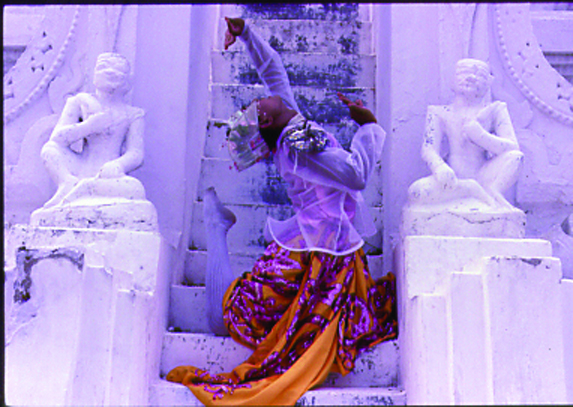

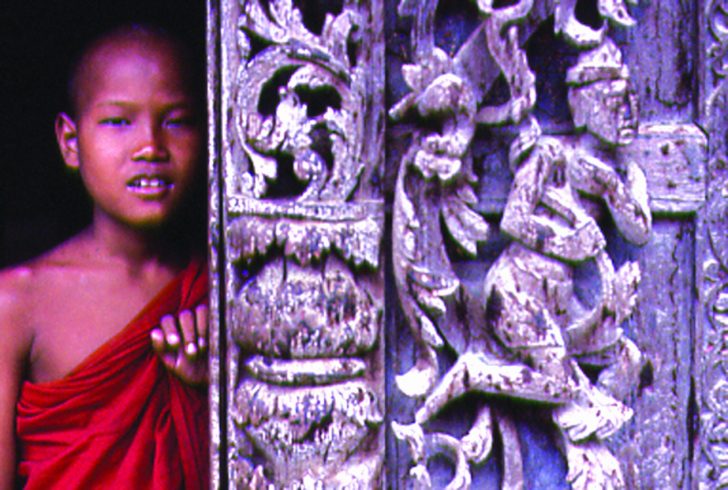



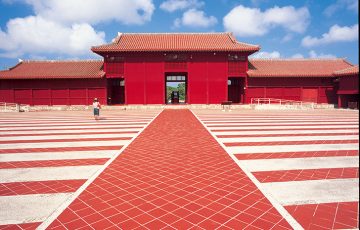
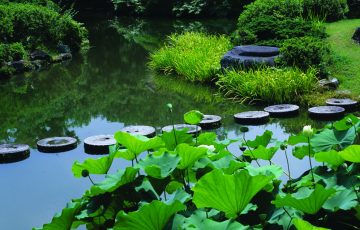
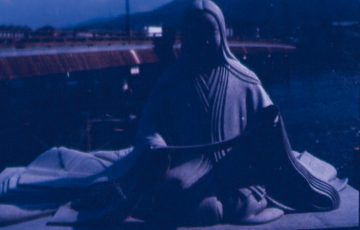


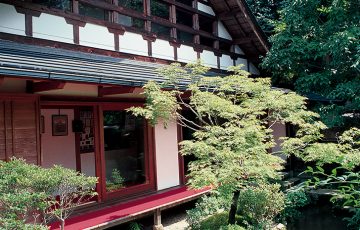
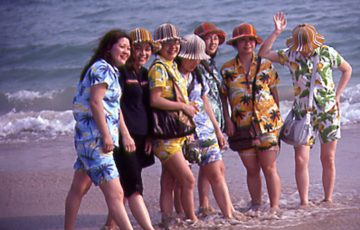
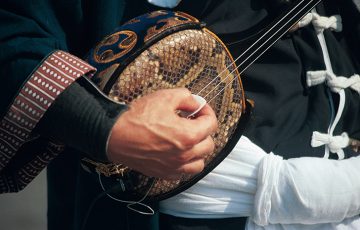


Recent Comments